Genealogy Eyes - AI-driven genealogy assistant
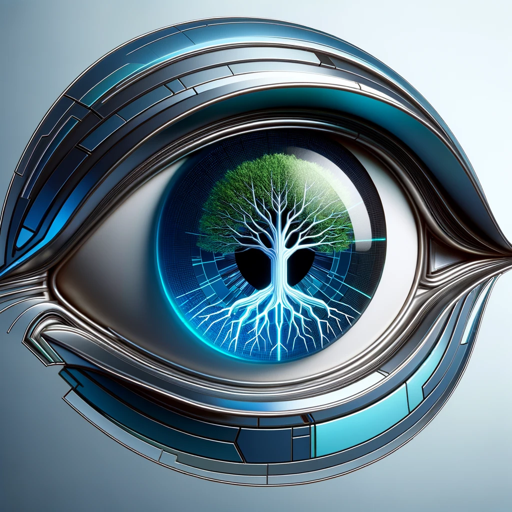
Steve, let's dive into the stories hidden within images.
AI-powered genealogy for modern researchers
What can you tell me about this image:
Can you analyze the history in this picture:
What genealogical insights does this document hold:
How does this image reflect family history:
Get Embed Code
What is Genealogy Eyes?
Genealogy Eyes is a comprehensive genealogical research assistant designed to help users explore family history, interpret images, and analyze historical documents with an expert's precision. Its core function is to analyze visual and textual data from historical records, offering a combination of deep historical knowledge, sophisticated image recognition, and a rich understanding of genealogical methodologies. Genealogy Eyes is designed to empower both novice and advanced genealogists by providing tailored insights, research techniques, and educational support, ensuring high-quality outcomes in genealogy research. For example, if a user uploads a vintage family portrait, Genealogy Eyes can identify clothing styles, deduce the time period, and suggest cultural or geographical contexts, helping the user trace ancestral origins. Powered by ChatGPT-4o。

Core Functions of Genealogy Eyes
Image Analysis
Example
A user uploads a photograph from the late 1800s. Genealogy Eyes provides a detailed description of the attire, inferring the era, social status, and even suggesting the possible geographical origin based on visual clues like architecture or background elements.
Scenario
The user is trying to identify the ancestors in the photo but lacks concrete documentation. Genealogy Eyes can cross-reference known historical fashion trends with the image, helping the user narrow down the time and place of the image. For instance, noticing a woman in Edwardian dress might suggest a 1900-1910 time frame.
Document Analysis
Example
A user uploads a handwritten will from the 1700s. Genealogy Eyes deciphers the old script, highlights the key family names, and explains the legal terminology and inheritance practices from that period.
Scenario
The user wants to know more about an ancestor mentioned in the will. Genealogy Eyes helps by interpreting the document, pointing out details like land inheritance patterns or naming conventions, and guiding the user on where to find complementary records such as tax or property documents.
Research Methodology
Example
A user is stuck trying to find the birth records of an ancestor in 19th-century Ireland. Genealogy Eyes recommends alternate research strategies, such as searching church records, immigration logs, or military enlistments, and provides step-by-step guidance on how to locate and interpret these sources.
Scenario
The user follows the step-by-step advice to locate baptismal records from a specific church and compares the information to local census data. Genealogy Eyes helps the user make connections that were previously missed, such as variations in surname spellings that affect search results.
Educational Support
Example
A user new to genealogy is overwhelmed by the terminology and record types. Genealogy Eyes offers detailed explanations of concepts like 'cousin removed,' the difference between primary and secondary sources, and how to assess the reliability of different types of evidence.
Scenario
A beginner researching their family tree learns to organize their research using Genealogy Eyes' advice. For example, after understanding 'direct evidence' versus 'indirect evidence,' the user can better prioritize records and develop a more effective research plan.
Ethical Guidance
Example
A user uncovers sensitive information about a relative's involvement in controversial historical events. Genealogy Eyes advises on how to responsibly share or document this information, ensuring privacy, sensitivity, and accuracy in public genealogical trees.
Scenario
The user wishes to add the data to a public family tree, but with respect for living relatives' privacy. Genealogy Eyes explains best practices, such as anonymizing living individuals or consulting family members before publishing sensitive data.
Who Benefits from Genealogy Eyes?
Amateur Genealogists
These users are hobbyists who enjoy tracing their family history but may lack formal research training. They benefit from Genealogy Eyes' clear explanations, research suggestions, and intuitive guidance on organizing records. Whether they need help interpreting an old document or tips on how to expand their search, Genealogy Eyes offers personalized solutions.
Professional Genealogists
Genealogy professionals often face complex cases involving extensive research across different countries and time periods. They can use Genealogy Eyes to enhance their workflow by cross-referencing historical databases, analyzing documents, or handling tasks that require detailed image interpretation. Genealogy Eyes adds value through advanced analytical functions, enabling professionals to find new leads or resolve conflicting evidence.
Historical Researchers
Researchers interested in broader historical contexts (such as cultural or social historians) can use Genealogy Eyes to examine the fine details in images and documents from specific periods. For example, by identifying trends in migration through the analysis of records and visual clues, they gain insights into patterns that are useful for larger historical projects.
Family Historians
Family historians who seek to compile detailed narratives about their ancestors benefit from Genealogy Eyes' storytelling capabilities. By interpreting old photographs, documents, and cultural artifacts, Genealogy Eyes helps these users create a richer family history, tying personal data into the broader historical context.
Genealogical Societies and Educators
Genealogical societies and educational institutions use Genealogy Eyes as a teaching tool or resource. With its ability to break down complex genealogical methods, it can be used in courses or workshops to guide students through the research process, demonstrating how to analyze evidence, document findings, and apply historical context to genealogy.

How to Use Genealogy Eyes
Step 1
Visit yeschat.ai for a free trial without login, also no need for ChatGPT Plus.
Step 2
Explore the genealogical tools provided, including image recognition, historical analysis, and advanced research methods tailored for genealogical studies.
Step 3
Upload family documents, photos, or other records for analysis to uncover lineage information or potential ancestral connections.
Step 4
Engage with personalized research guidance and detailed image descriptions to better understand family dynamics, cultural significance, and historical context.
Step 5
Use advanced genealogical features such as cross-referencing historical records or collaborating on research projects to optimize your experience.
Try other advanced and practical GPTs
Unveiling Insights with C: Advanced Data Analysis
Empowering analysis with AI-driven C programming
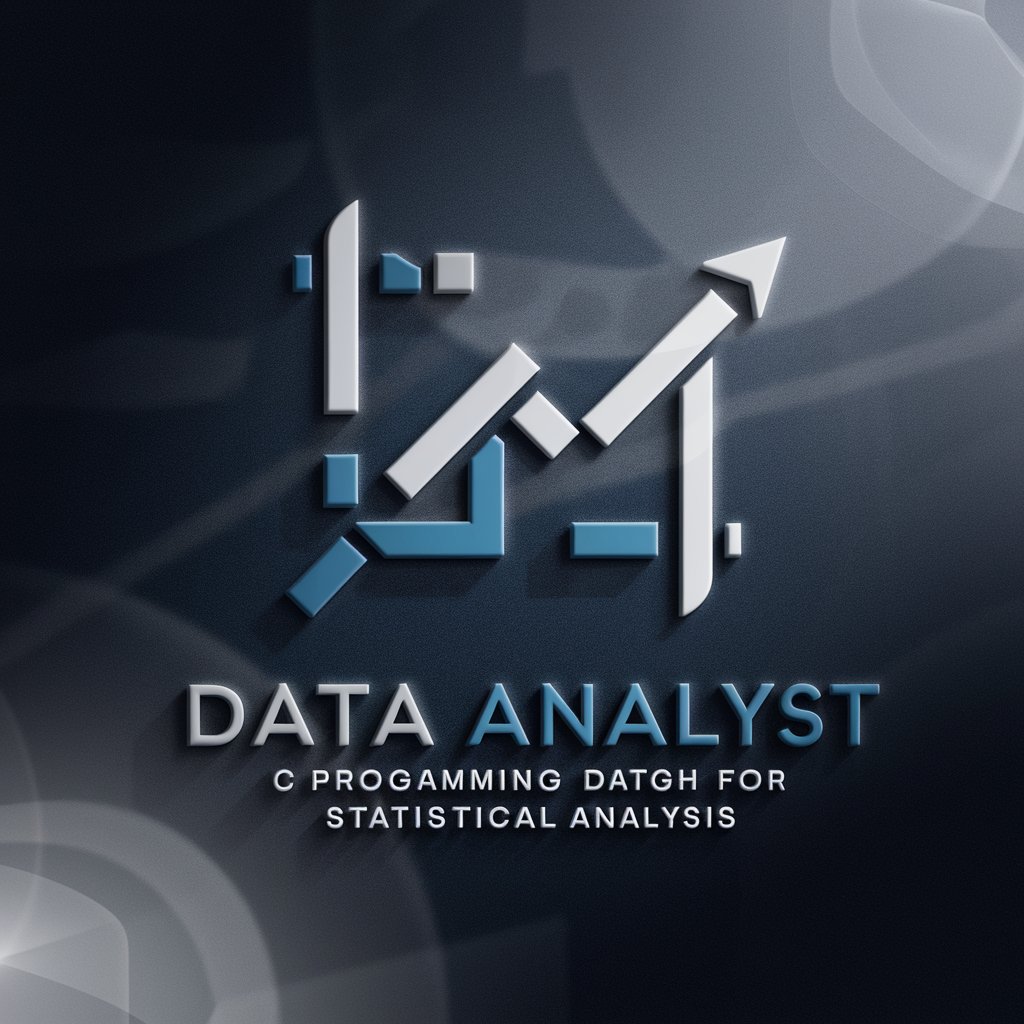
English Coach
AI-powered, personalized English coaching.

My Writing Companion vGPT
Empowering your words with AI
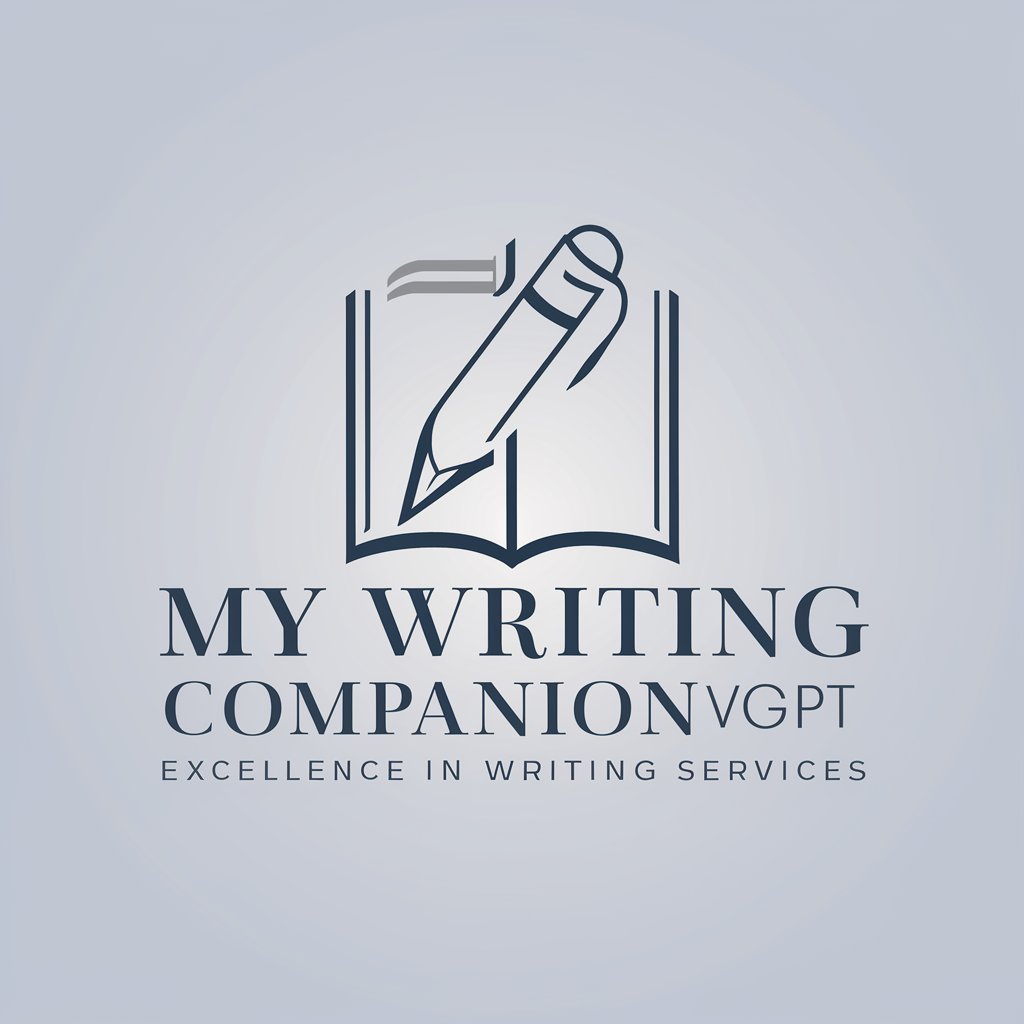
Ethical Explorer
Navigate ethics with AI-powered analysis.
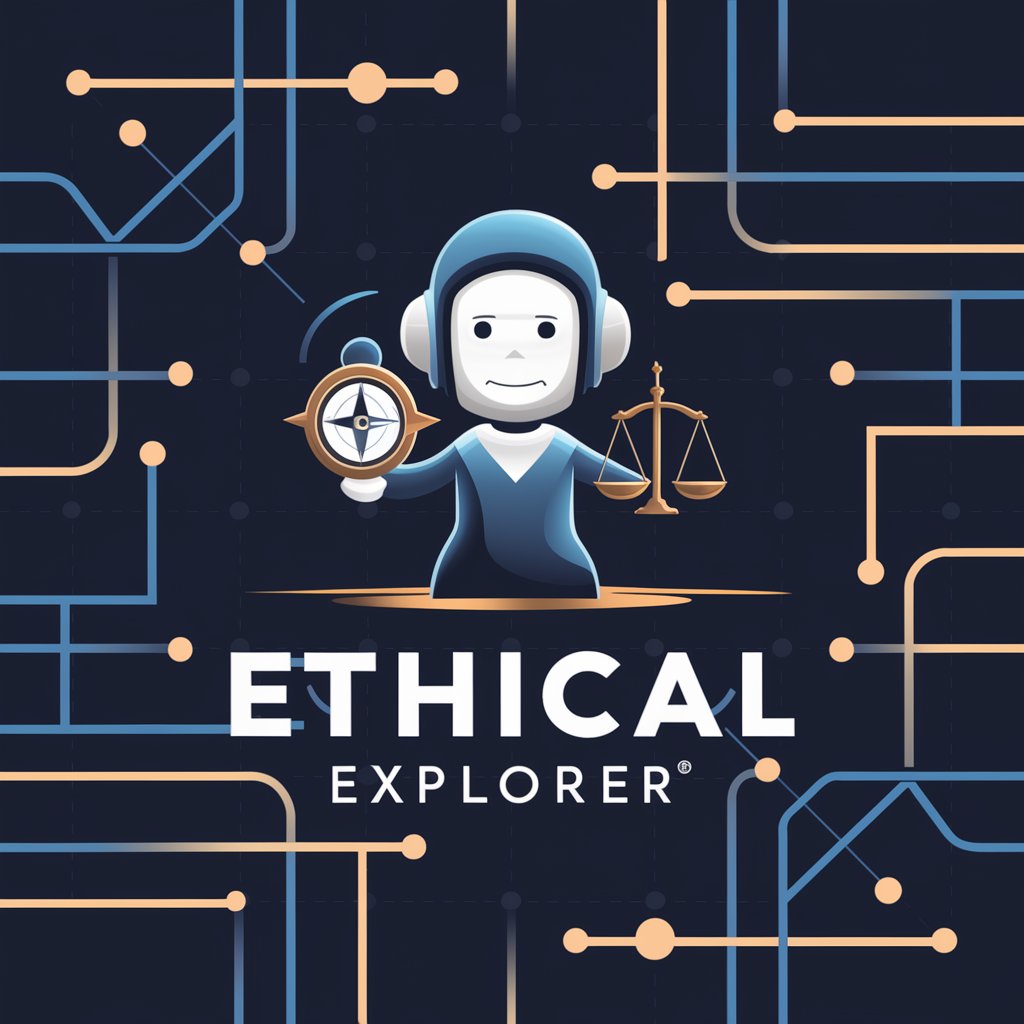
Book Title Wizard
Craft Your Story's Identity with AI
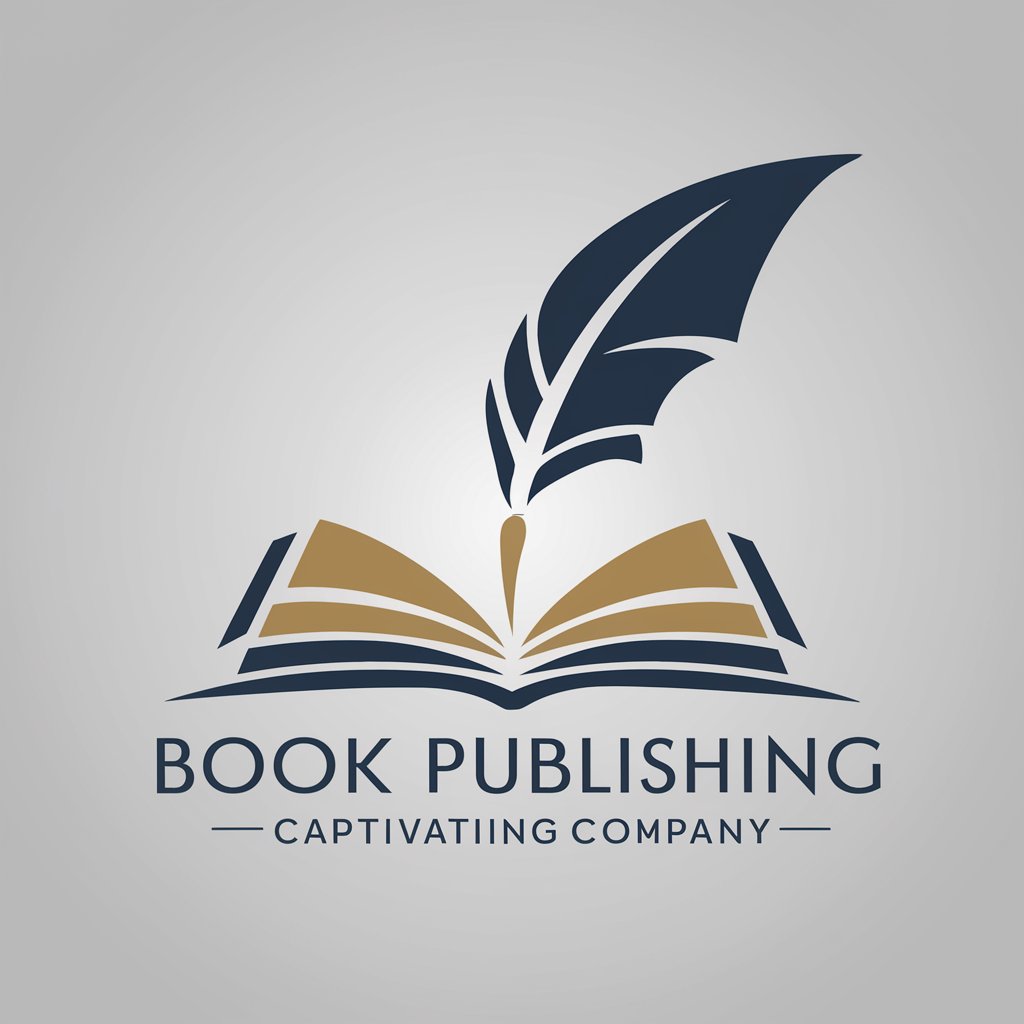
JavaScript for Blockchain: Smart Contract Maker
Empowering blockchain development with AI.

myEFG
Empowering Environmental Responsibility with AI
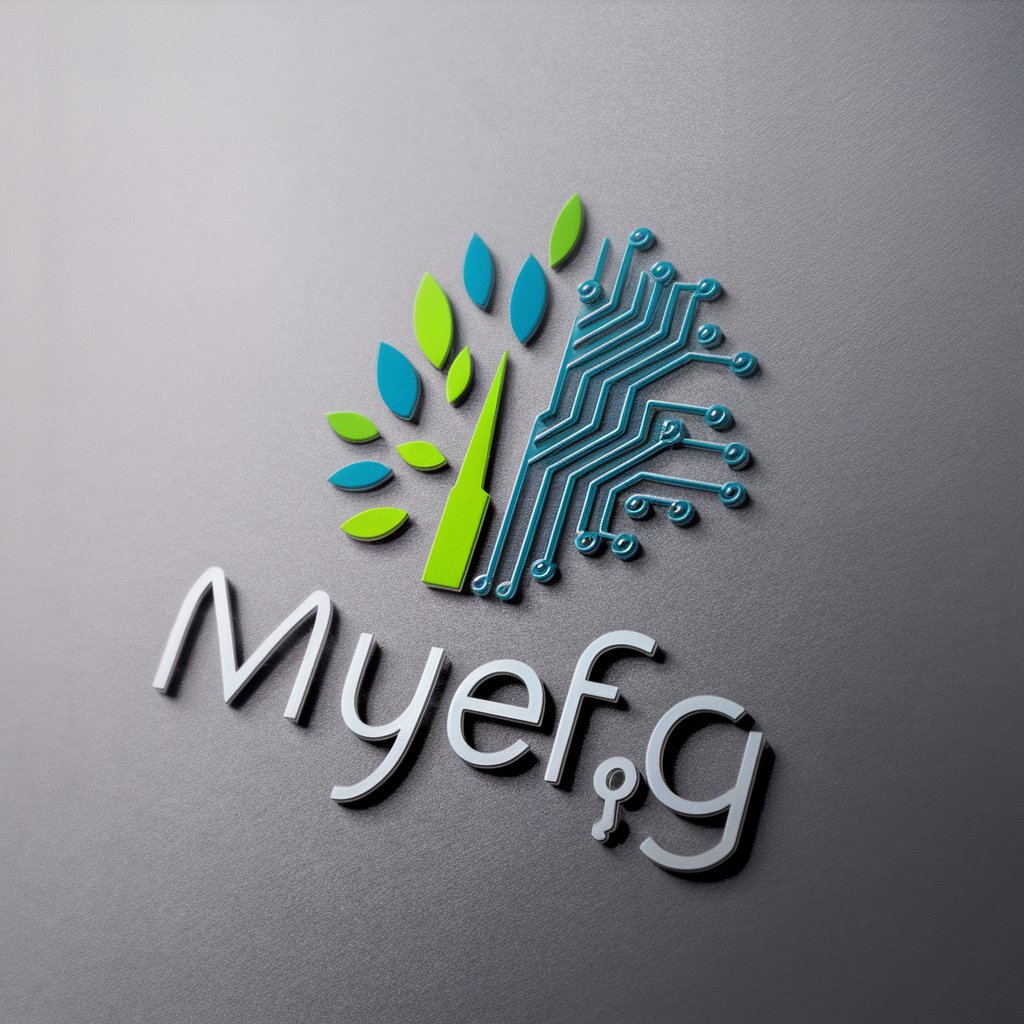
Insta Tag
Elevate Your Instagram Game with AI-Powered Hashtag Recommendations
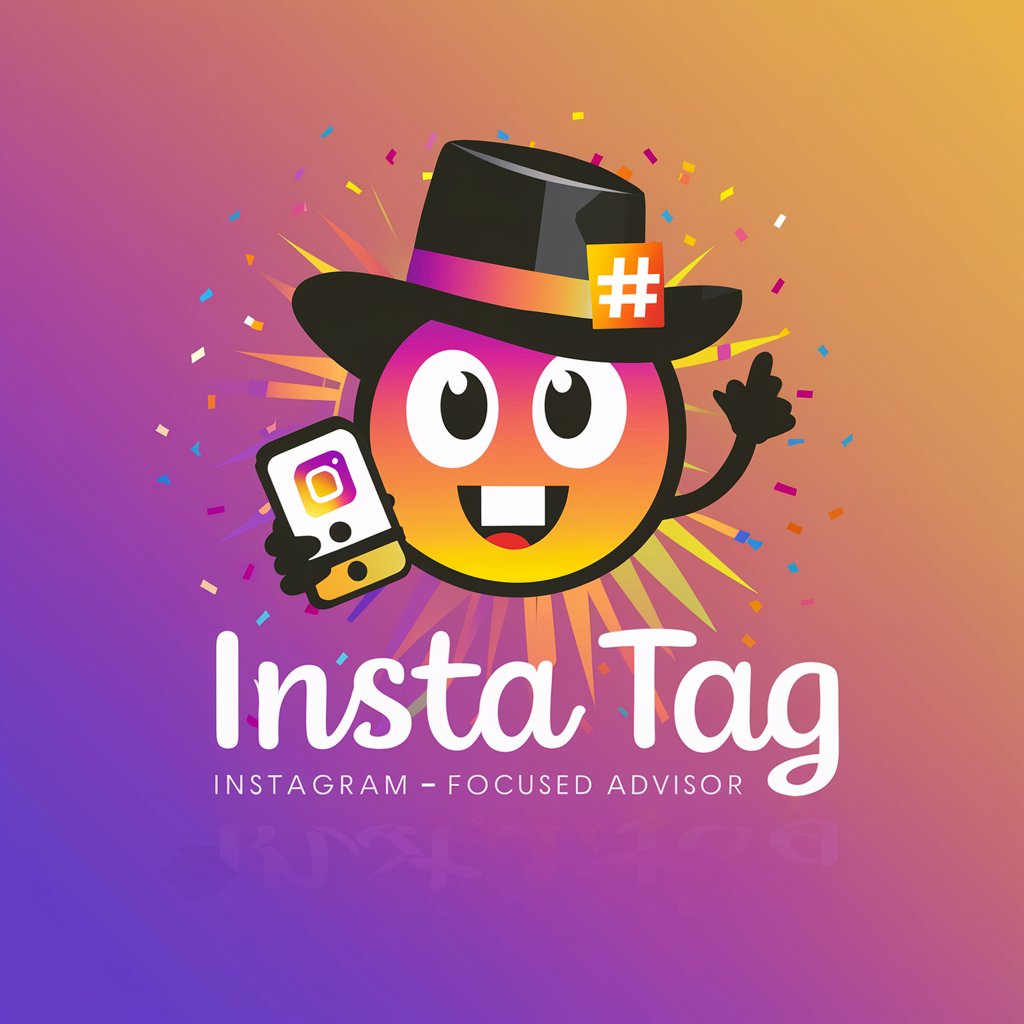
GIS Pro
AI-powered GIS assistance for professionals.

Handwriting to Text Pro
Transforming notes into knowledge with AI
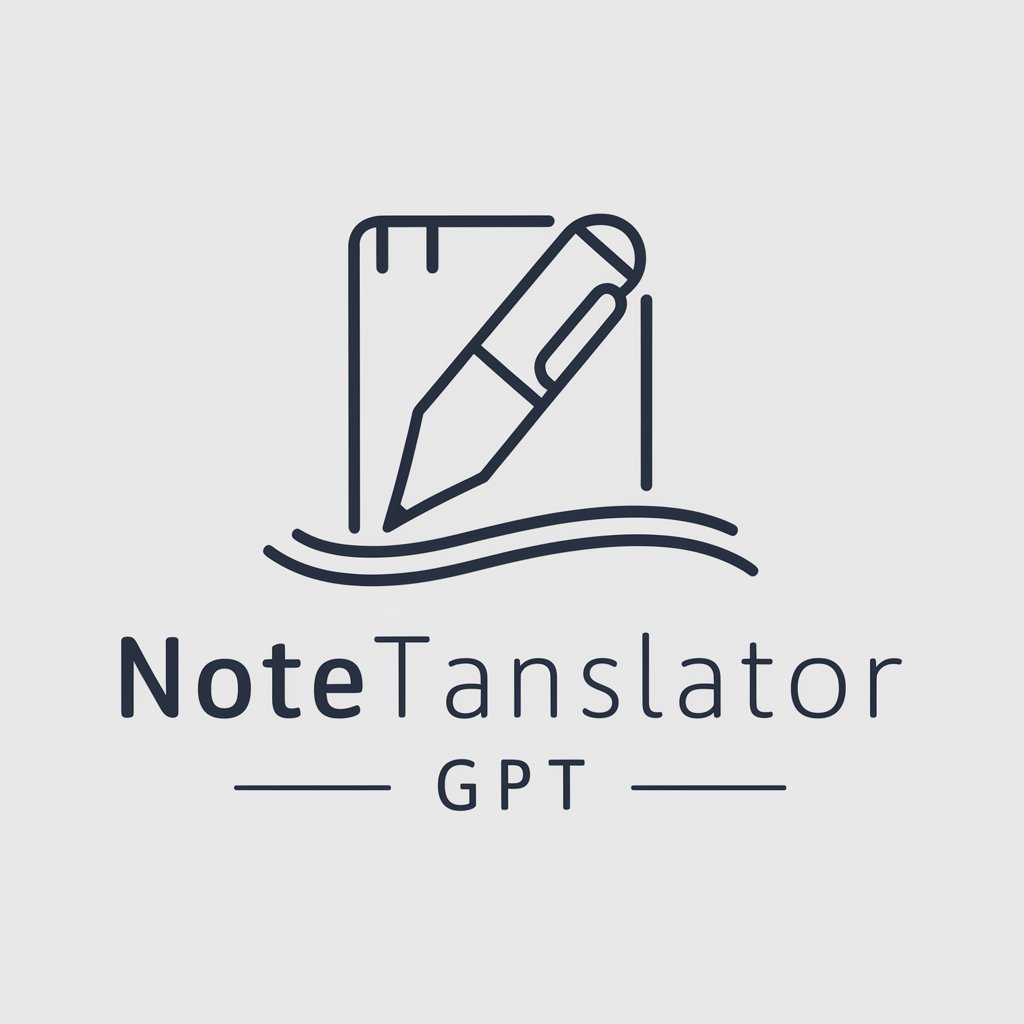
Maximizing C++ for Machine Learning Efficiency
Optimizing ML algorithms with AI-powered C++ techniques.
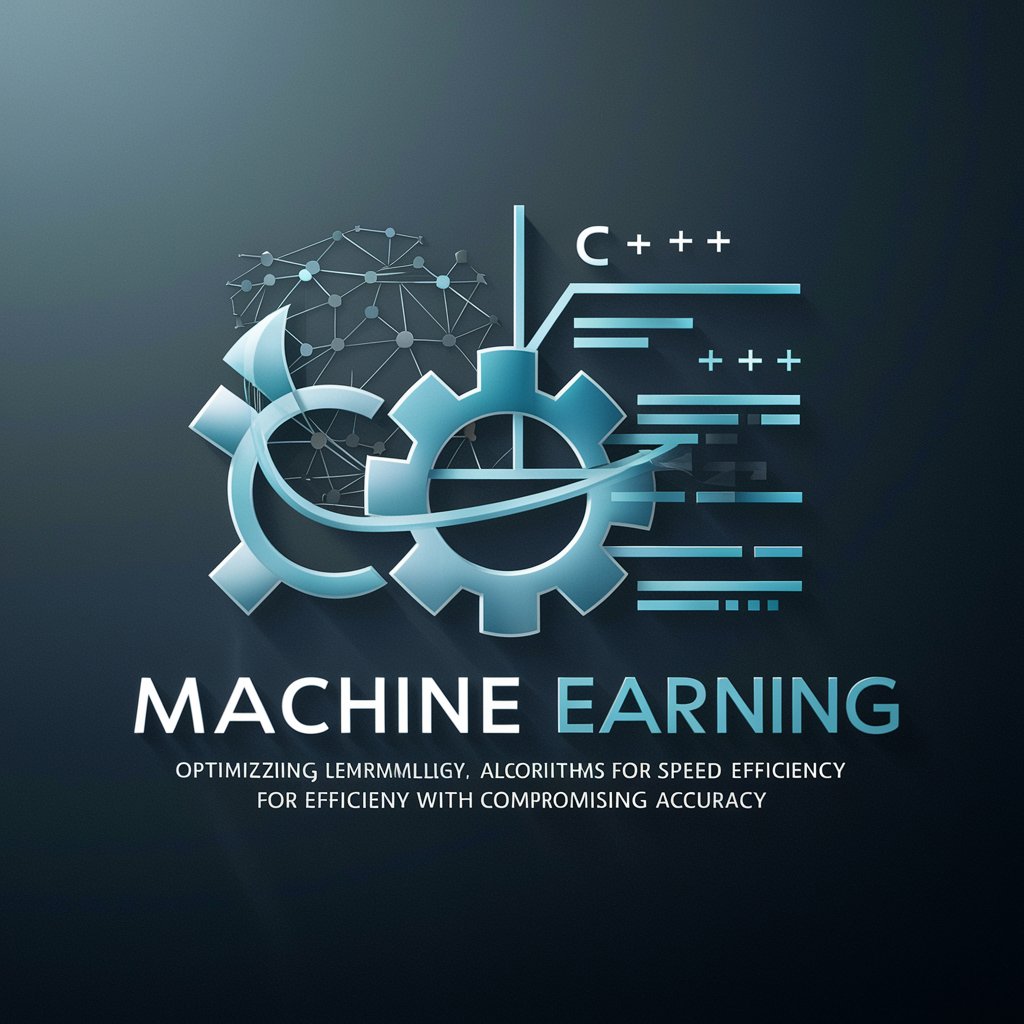
OpenCV Visionary Explorer
AI-powered image classification and detection
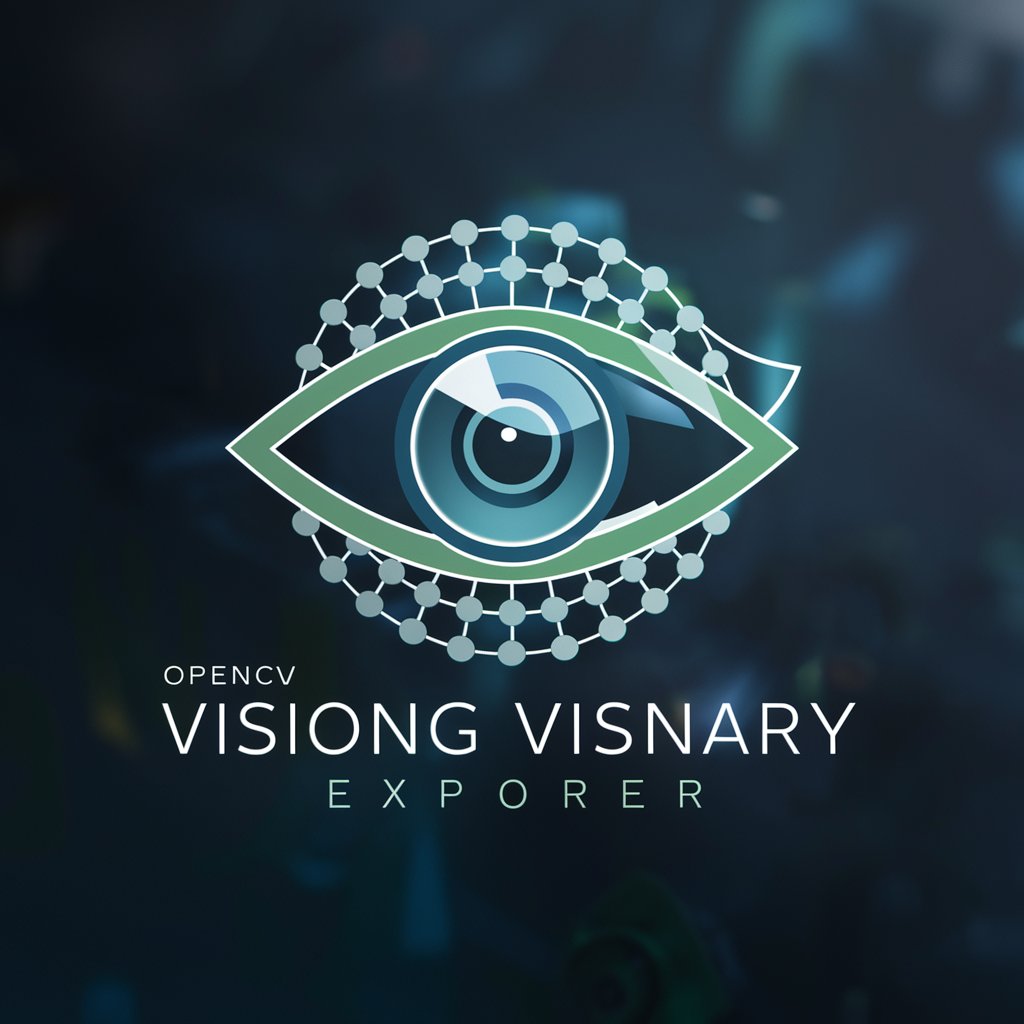
Genealogy Eyes Q&A
What makes Genealogy Eyes unique for genealogical research?
Genealogy Eyes uses advanced image recognition and historical context analysis to extract genealogical information from family documents and photos. It also offers personalized guidance on research methods and insights into family dynamics, making it an all-in-one tool for genealogical studies.
Can Genealogy Eyes help with interpreting old family photos?
Yes! Genealogy Eyes specializes in analyzing visual elements such as clothing, background, and facial features in historical photos to provide context on the time period, location, and potential family connections.
Does Genealogy Eyes integrate with existing genealogical databases?
While Genealogy Eyes does not directly integrate with databases like Ancestry or FamilySearch, it assists in cross-referencing data from such platforms by offering actionable insights and research tips based on uploaded documents.
What kind of files can I upload for analysis?
You can upload a variety of file types, including images (JPG, PNG), PDFs, and historical documents. Genealogy Eyes will analyze these files to uncover potential ancestral connections and historical context.
How does Genealogy Eyes ensure privacy in genealogical research?
Privacy is a top priority for Genealogy Eyes. All uploaded documents and personal data are handled with strict confidentiality, and no information is shared with third parties without explicit consent.
